
A List of Facial Hair Removal Options for Thyroid Patients
Hair removal is a highly prevalent practice in the modern world. Both men and women undergo hair removal in order to maintain themselves. We have hair on practically every aspect of our bodies, but facial hair is the most embracing type of hair, regardless of how unwelcome it may be. However, the method used to remove hair is frequently based on the type of hair you want to remove.
Men typically trim or shave their moustaches and beards at least once every few days. Women frequently use an epilator, wax, and eyebrow plucking to get rid of the fine hairs and peach fuzz on their faces. Men and women alike frequently use a trimmer to reduce the development of their brows, sideburns, and nose hair.
We all have a favorite at-home technique. But is the technique you're employing secure and efficient? Especially if you have a medical condition like hypothyroidism or thyroid disorder and are sick of repeating the process in order to get that hair to grow back.
Part 1: How do I know if I have a Thyroid Disorder?
Thyroid issues can result in unwelcomed facial hair in addition to normal hair loss and thinning. The good thing is that troublesome facial hair will usually stop developing once a thyroid condition has been identified and treated. Other thyroid-related signs and symptoms include:
Severe fatigue and weariness- Weight gain, constipation, loss of appetite and muscle/joint discomfort, depression or panic attacks; a deeper voice; a sore, achy, stiff, or swollen neck;
Any of the aforementioned symptoms could be caused by one of several ailments. Through the correct testing and examination, you can determine for sure if these are symptoms of thyroid disorder.
To determine the real cause Free T3, Free T4, Reverse T3, TSH, and thyroid antibodies should all be tested in a proper lab. When assessing whether you have a thyroid problem, you also need to take into account additional aspects, including environmental effects and heavy metal exposures that might result in thyroid disorders.
Thyroid issues can result from a variety of causes, but they are frequently genetic conditions. Other factors include taking certain medications, not having the tissue that surrounds the thyroid, and underlying medical conditions including diabetes, hepatitis, or hormonal abnormalities.
Part 2: How to Treat Thyroid Disorder?
One must monitor a number of factors, including nutrition, sleeping patterns, and other factors, in order to manage thyroid disorders. Testing for gluten intolerance, food allergies, heavy metals, vitamin A, vitamin D, selenium, zinc, and omega-3 fatty acid deficits should also be considered.
Let’s look into how to treat thyroid disorder:
- By avoiding foods that could affect your thyroid's function, you can treat the causes and symptoms of thyroid disorder.
- Certain foods have a reputation for contributing to thyroid problems.
- Green veggies not only have several other health advantages but also aid with thyroid disorders.
- Regular physical activity and sauna use will boost your body's sensitivity to thyroid function and encourage thyroid gland output. It will be more advantageous to you if you perspire more.
- The removal of toxins from the body is crucial in treating thyroid problems. Toxins that have been released negatively affect thyroid function. Detoxifying the body will therefore hinder your capacity to lose weight.
- Utilize supplements to help your thyroid. The thyroid supplements comprise the necessary elements that support healthy thyroid function, such as mineral supplements including selenium, zinc, vitamins A, iodine, and D, as well as omega-3 fatty acids.
- Test your thyroid profile on a regular basis to monitor any changes in your hormone levels.
Part 3: Is Thyroid the Culprit to Facial hair?
The answer is yes. Have you noticed a recent increase in facial hair? Maybe you have been dealing with facial hair growth since you were a teenager. You don't have to explain to us how annoying it can be; just relax. The good news is that it has a cure, but let's investigate the possible causes of this aberrant hair growth first.
For women, suddenly growing facial hair can be rather upsetting because it is typically a sign of virility and masculinity. In fact, excessive facial hair is one of the main causes of medical attention sought by women with hyperthyroidism.
There are various hypotheses as to why excessive facial hair results from hyperthyroidism. One of the popular hypotheses is that elevated thyroxine levels encourage the development of facial hair. Another hypothesis is that thyroxine causes the imbalance of female to male hormones in the human body, which promotes the growth of facial hair. Excessive facial hair brought on by hyperthyroidism normally goes away once the thyroid disorder at the root of it is treated. Consult a doctor if you have concerns about facial hair growth brought on by hyperthyroidism.
Part 4: How to Remove Facial hair?
The removal of facial hair can be very difficult since the skin on the face is much more delicate and requires a delicate approach. At least once every few days, men trim or shave their moustaches and beards. Women use an epilator to remove fine hairs and soft peach fuzz from various regions of the face, including the upper lip, eyebrows, and upper lip. Additionally, we continue with our usual practice in the event of any abrupt aberrant facial growth.
If hormones are causing excess hair growth, it is always better to opt for permanent hair removal solutions. Because following regular methods like shaving or hair removal creams is not going to keep your facial hair away for very long.
So, here is a list of safe treatments for people with thyroid disorders to try to get rid of facial hair.
1. Laser Treatment
The procedure of laser hair removal uses laser light technology. Lasers send laser pulses directly under the follicles, killing the hair follicles at their source and preventing further growth.
It merely requires a few minutes to apply and makes the top lip or in the space between the brows hair-free. To achieve the best outcomes, though, several treatments are essential. Right after undergoing laser treatment, a few people notice a tiny amount of redness. But to lessen that discomfort, all that is typically required is a aloe-enriched moisturizer.
However, laser hair removal is not completely permanent. You might need to visit your clinic for multiple sessions based on your skin and hair types.
2. Depilatory Creams
A depilatory cream has the advantage of lasting longer than shaving. And it's painless, unlike waxing. But, if you have sensitive skin, hair removal creams can cause skin redness and rashes. They are loaded with various chemicals that may not be suitable for all skin types.
3. Ulike IPL Hair Removal Handset
The Ulike IPL hair removal can easily eliminate facial hair at home without the trouble of salon waxing and with the promise of a longer-lasting outcome. It will also save you big bucks compared to laser-like treatments.
It works well on every part of the face, including the upper lip, chin hair, and eyebrows. And unlike the other ways of removing facial hair by hand that produce temporary results, facial laser hair removal uses a laser and pulsed beams that target the hair follicles. The laser light targets the hair follicles beneath the skin. Choose the degree of laser power intensity that is suitable for your skin and repeat the procedure every fourteen days until you see the desired results. And do not forget to wash your face and shave the region beforehand.
4. Waxing
One of the popular methods for facial hair removal is waxing. If you decide to use this technique, note that a strip and wax are the primary requirements.
You should anticipate some minor discomfort because the procedure includes plucking out hair from the afflicted area. On the cheeks, chin, and brows, it is simple to do. Waxing, however, can be highly sensitive because a poor technique might damage the hair shaft and prevent the strands from being extracted. And if you have sensitive or acne-prone skin, it can react.
Summary
These safe and efficient ways for removing facial hair can be used by people who have hypothyroidism, and it is still possible to get a smooth, hair-free face while treating your thyroid disorders. To regulate your thyroid, however, be sure to stick to your diet and/or prescriptions.

At-home Dating Ideas of Valentine's Day

The best Christmas gift for your wife/girlfriend

What's the best Christmas gift for dad?
Need guidance?


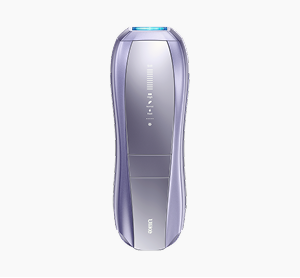
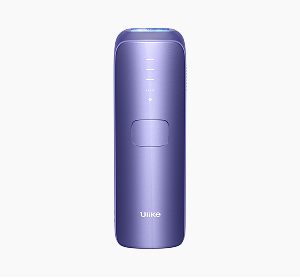
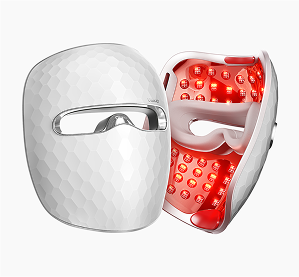





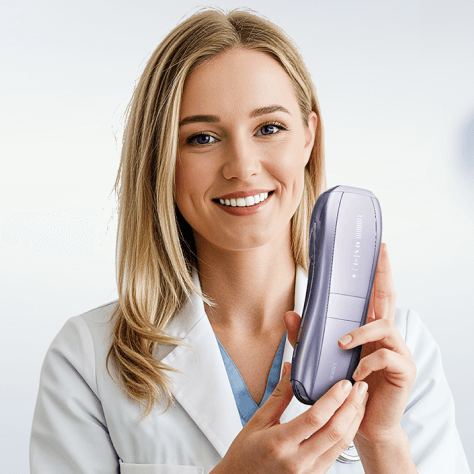





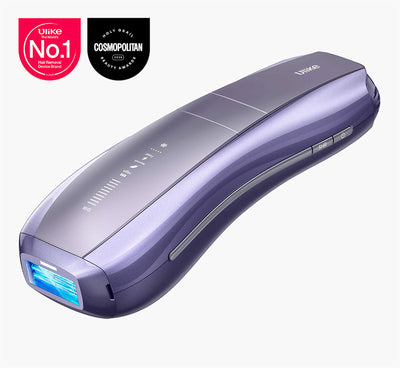





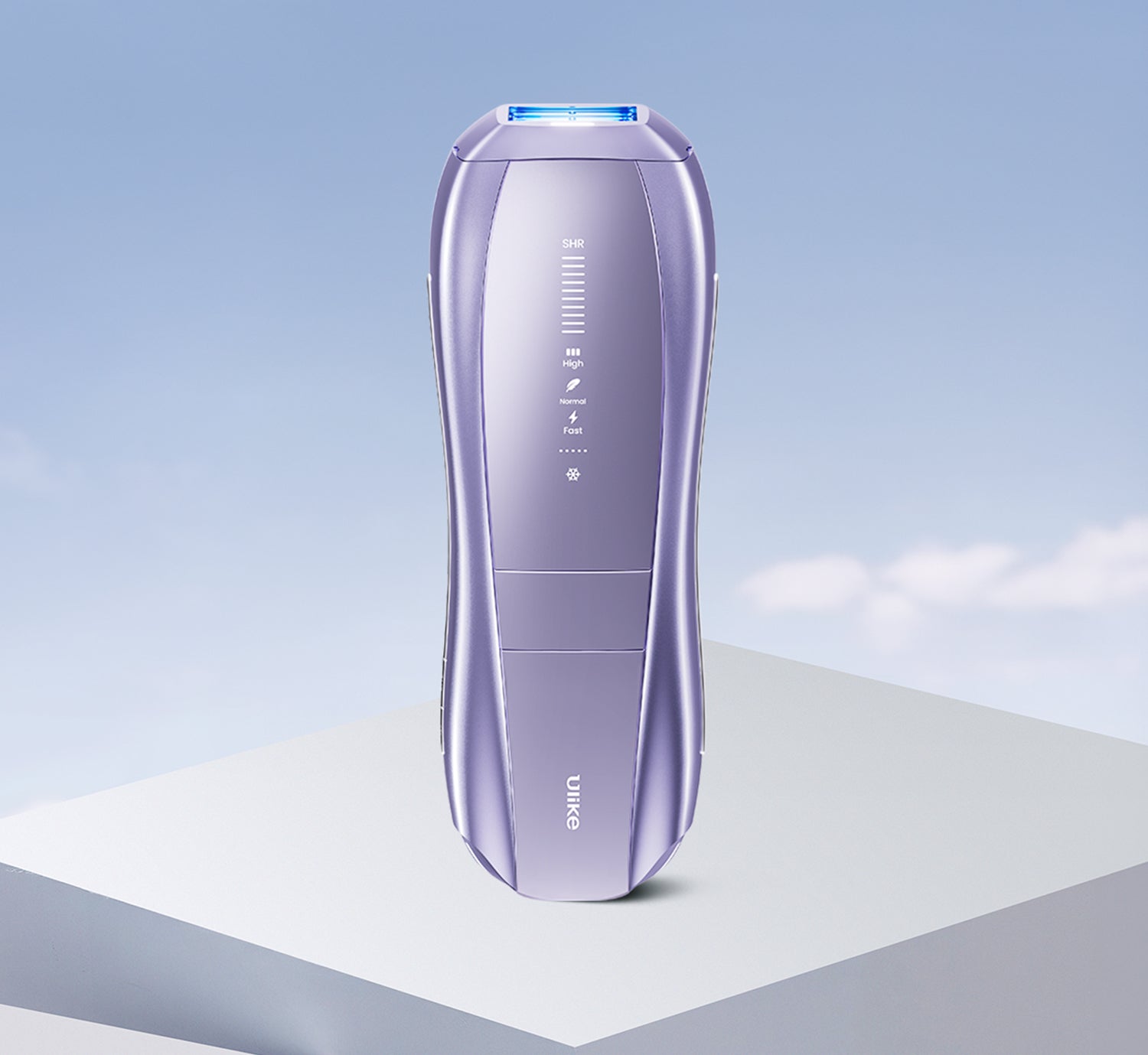
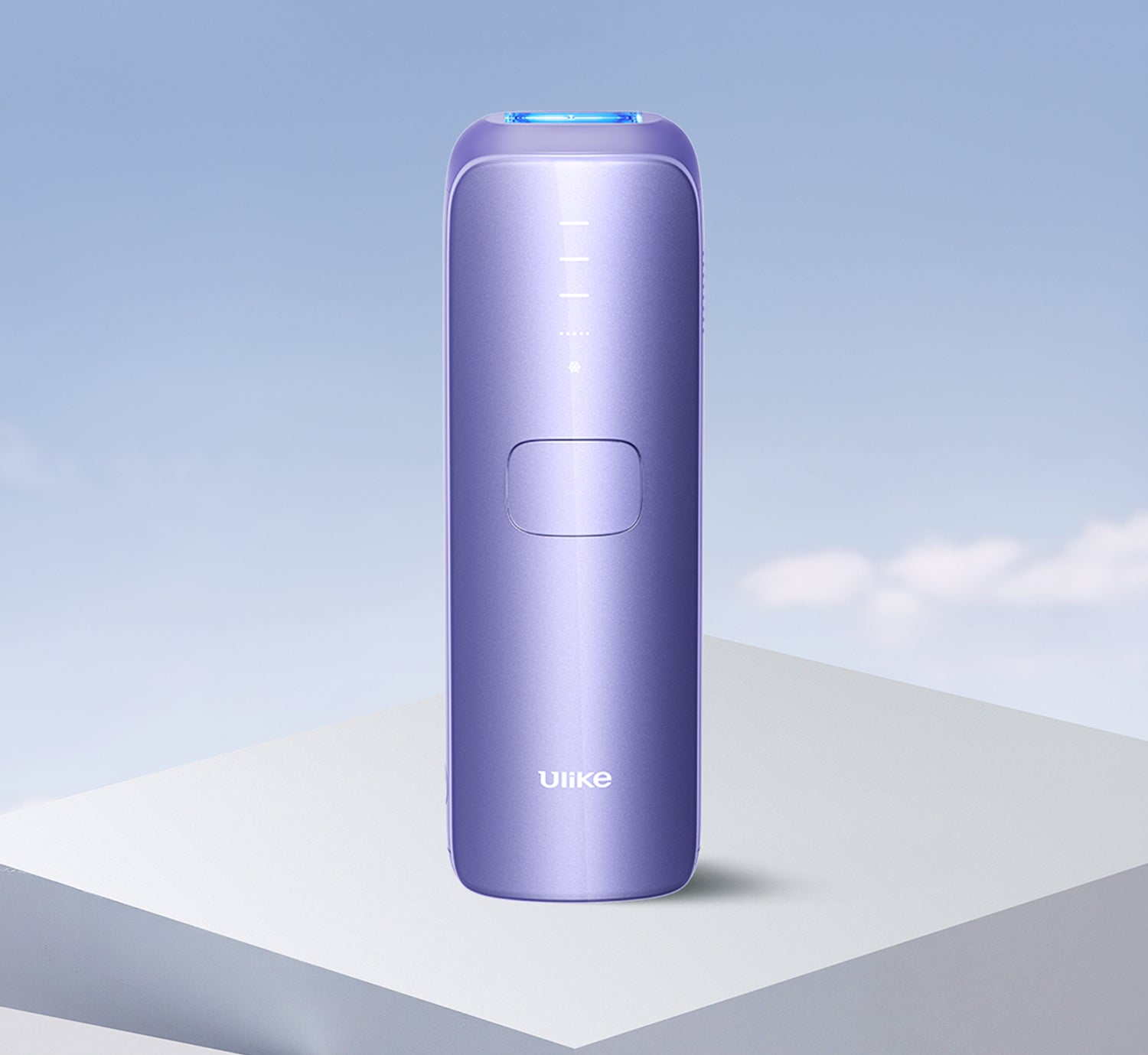






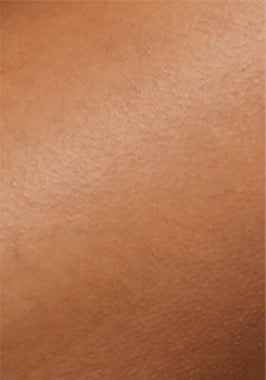

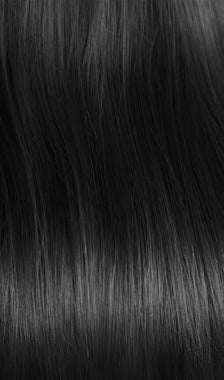















1 comment
Moyra Alayne
What is the total cost? Can it be used long term until the desired results are reached? Once hair no longer grows, can it regrow later? I have hypothyroidism & on levothyroxine. Have noticed hair growth has increased since starting medication.
What is the total cost? Can it be used long term until the desired results are reached? Once hair no longer grows, can it regrow later? I have hypothyroidism & on levothyroxine. Have noticed hair growth has increased since starting medication.